
12 wildlife-saving months in pictures!
Posted on: 18 December, 2024
At the end of 2024, we’re celebrating the incredible support from our members, visitors, sponsors and supporters, like you, who have made a big difference to our conservation charity. From welcoming new animals to breaking ground on the new home for our western lowland gorilla troop, it’s been a year of conservation wins.
And all of this is thanks to you!
Alongside our growing community, we released our 2023 Impact Report, showing how supporters like you are helping to save, restore, and secure a sustainable future for the wildlife you love.
So, as a thank you, we couldn’t resist putting together our favourite wildlife-saving photos from 2024.
Check out stunning photography that captures the breathtaking diversity of the unique species at the zoo, and those we're striving to protect in the wild.
Here’s to you and everyone who makes this charity so special. Whether you've been with us for years or have just joined us, your visits, your feedback, and your support have made all the difference.
January
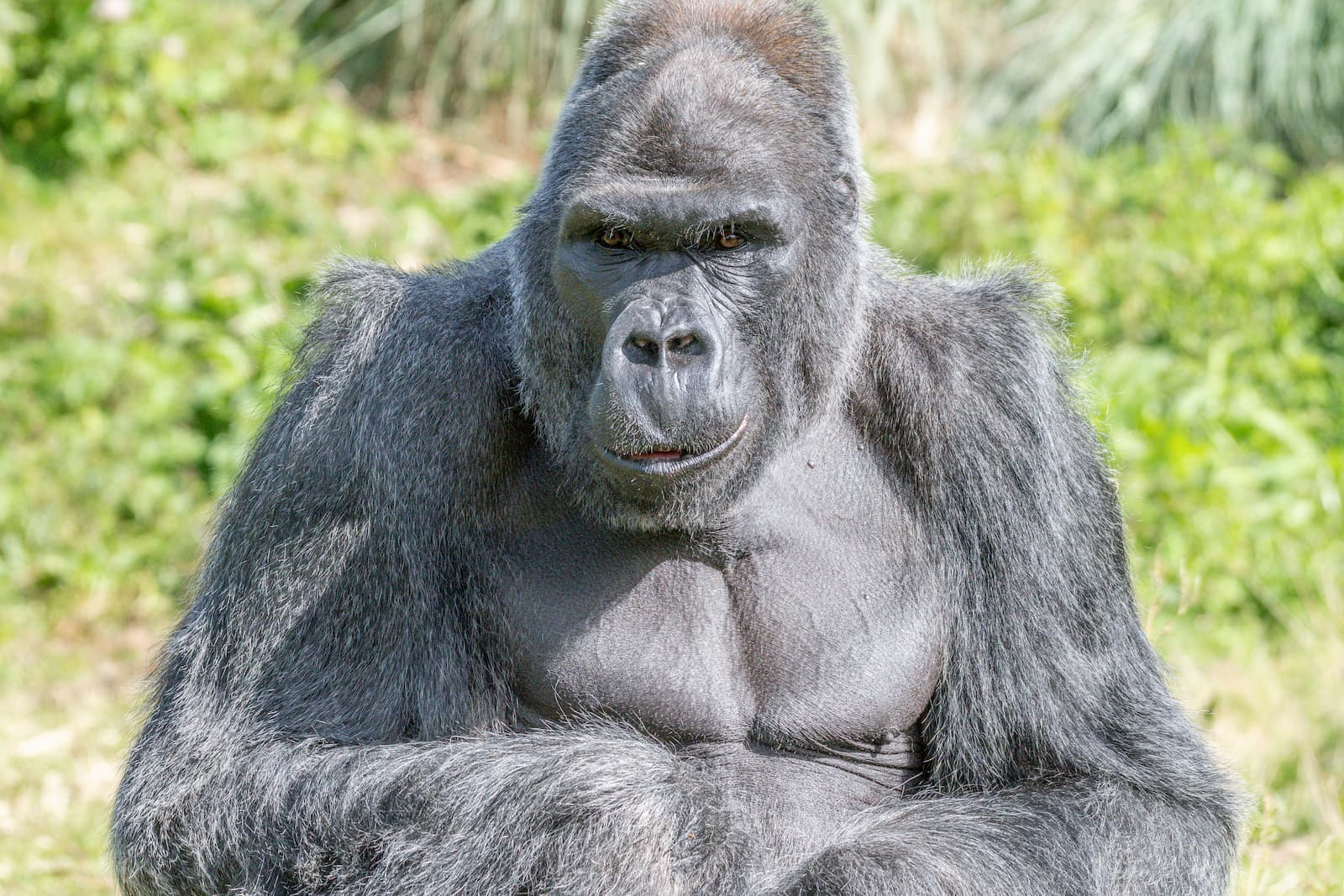
Image credit: Jon Drew
Jock, our Critically Endangered silverback, is the patriarch of his troop of western lowland gorillas. In January 2024, planning approval was secured to build Jock and his family their new home at Bristol Zoo Project; a groundbreaking new habitat for some of the world’s most threatened species, Central African Forest.
February
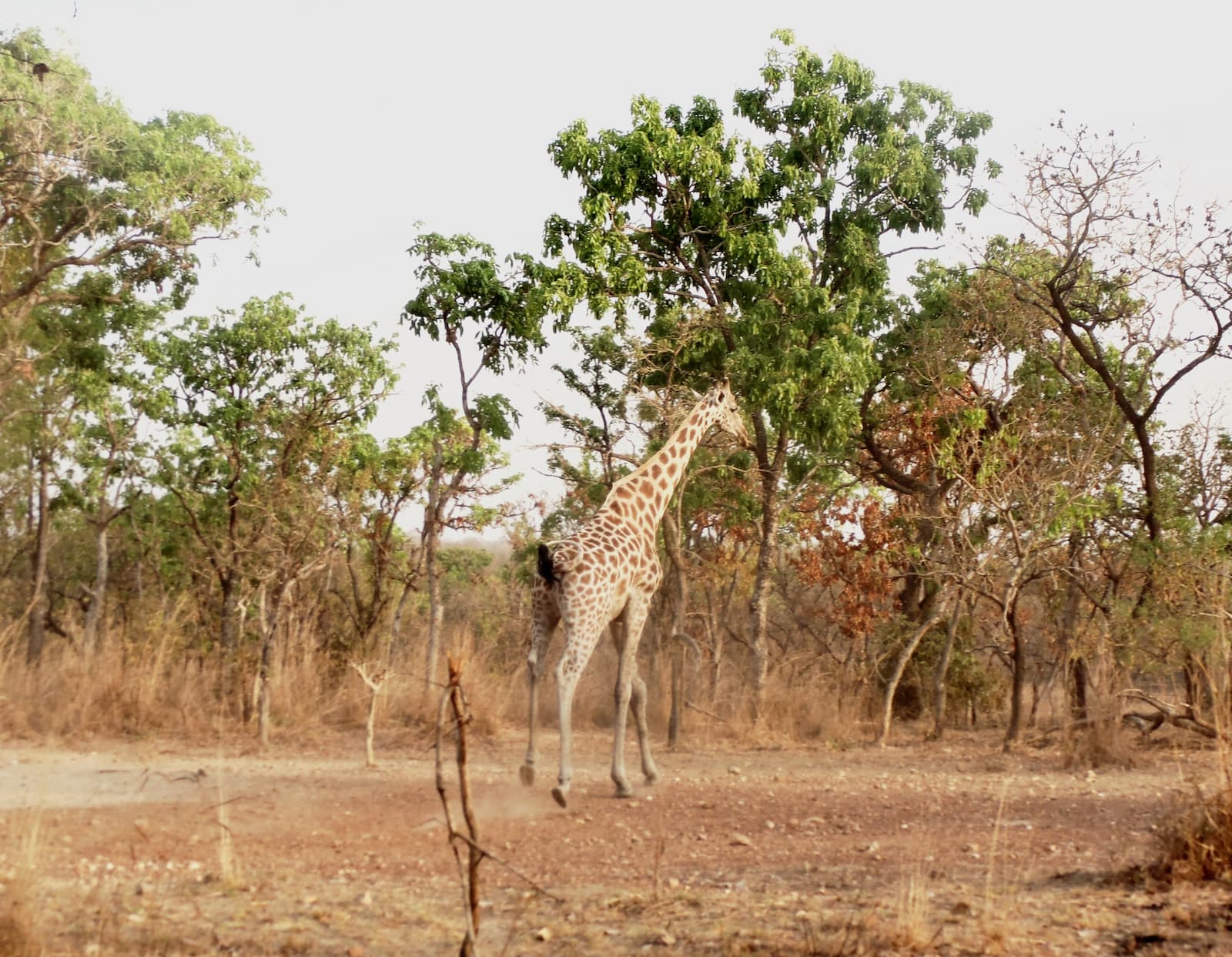
There are believed to be less than 27 Kordofan giraffes remaining in Bénoué National Park, Cameroon. Without intervention, poaching of just two Kordofan giraffe per year could result in extinction of the population in just 15 years.
Earlier this year, researchers from Bristol Zoological Society and University of Bristol completed a three-year study to establish exactly how many of this highly threatened species remain within the park.
This crucial data will help our conservation team to monitor and directly combat the threats they are facing.
March

Image credit: Doug Lodge
March 2024 saw the return of red pandas to Bristol with the arrival of Nilo. He's now returned to Whipsnade to be with his mate, and we've since welcomed male Neora and female Laya, who'll play a vital role in a European breeding programme for this endangered species.
Red pandas are native to the Himalayas, where they're under threat from habitat loss and poaching. Researchers believe their population has declined by 40% over the last 50 years, and it’s thought there are only 2,500 left in the wild.
With the hope of future cubs on the cards, we can help to secure the future of this amazing species!
April
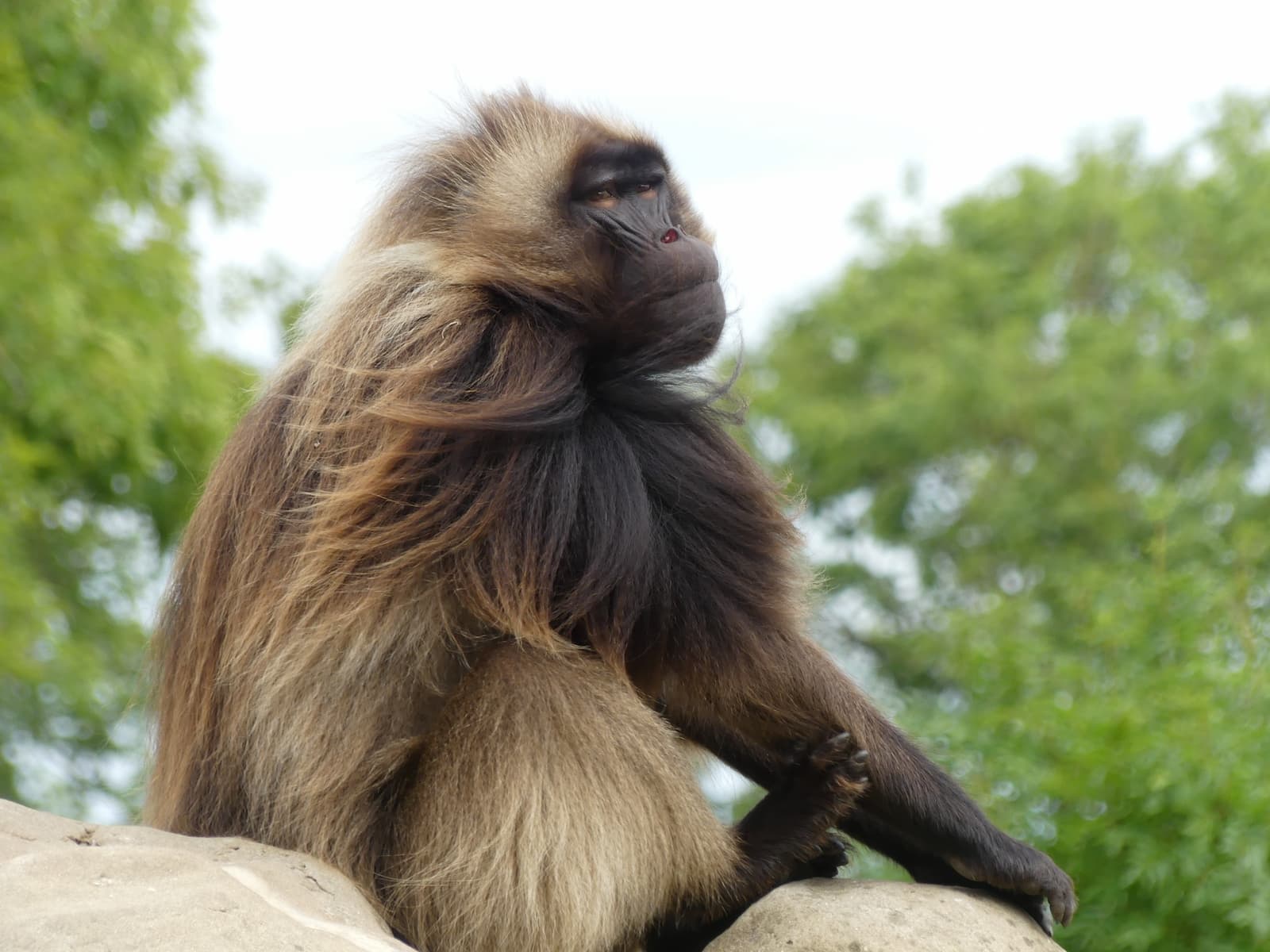
Image credit: Helen Phillips
This year we were excited to welcome two new geladas to our group here at Bristol Zoo Project; father and son Leena and Takeze.
As a conservation and education charity, we work to conserve three other primate species in the wild, the Critically Endangered western lowland gorilla, Critically Endangered blue-eyed black lemur and Endangered Sanje mangabey. Gaining knowledge and experience of primates here at Bristol Zoo Project is imperative to the work we do around the world in protecting species that are under threat.
May
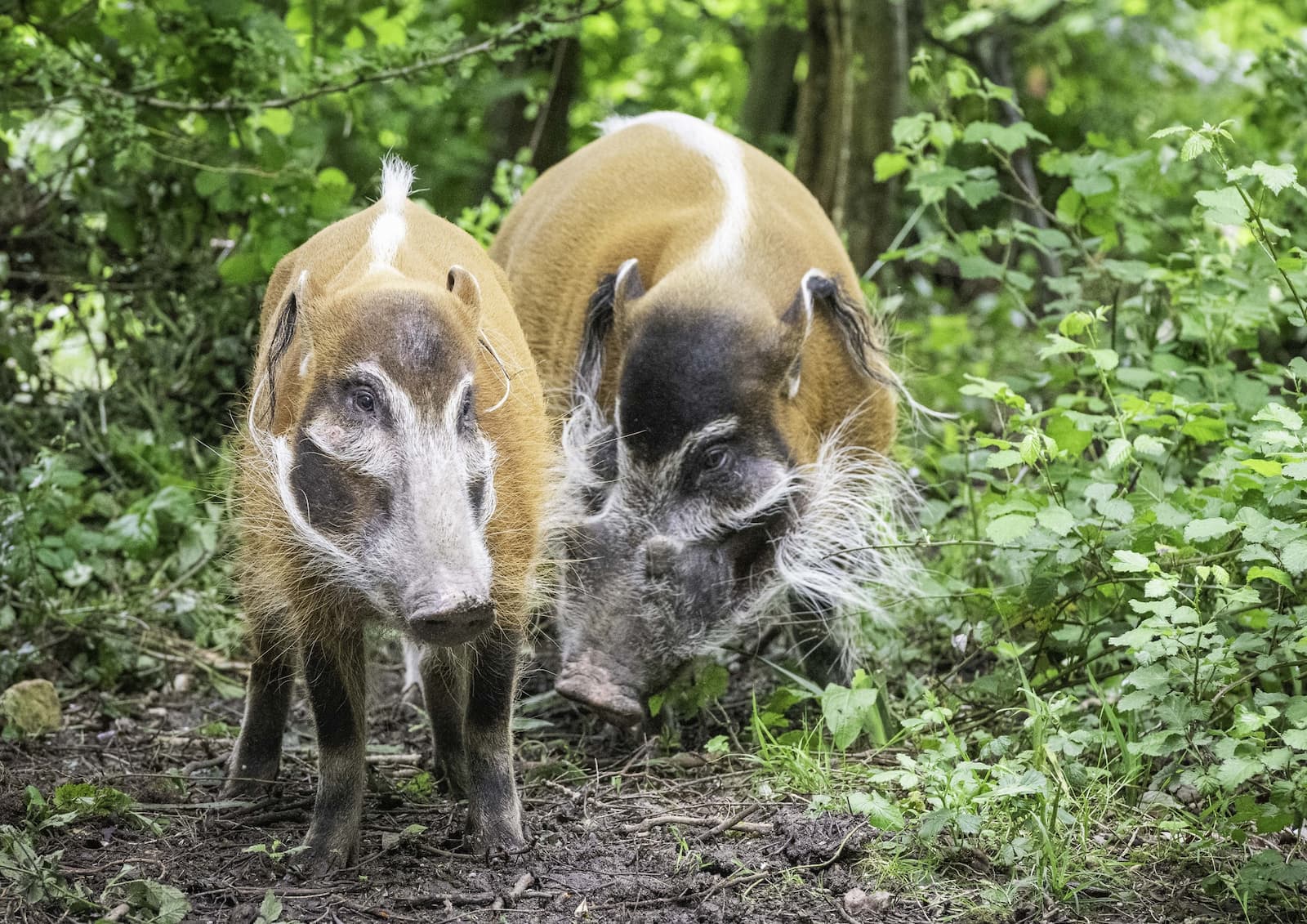
In 2024, we welcomed a female red river hog, Laña, as a companion for our male, Ekundu. Laña is named after the river Laña in Equatorial Guinea, where we run a conservation programme.
Red river hogs are one of the most hunted species for bushmeat in their native Central Africa. They are currently the only mammal species at Bristol Zoo Project that can be found in two of our conservation project sites in Africa – Equatorial Guinea and Cameroon.
June
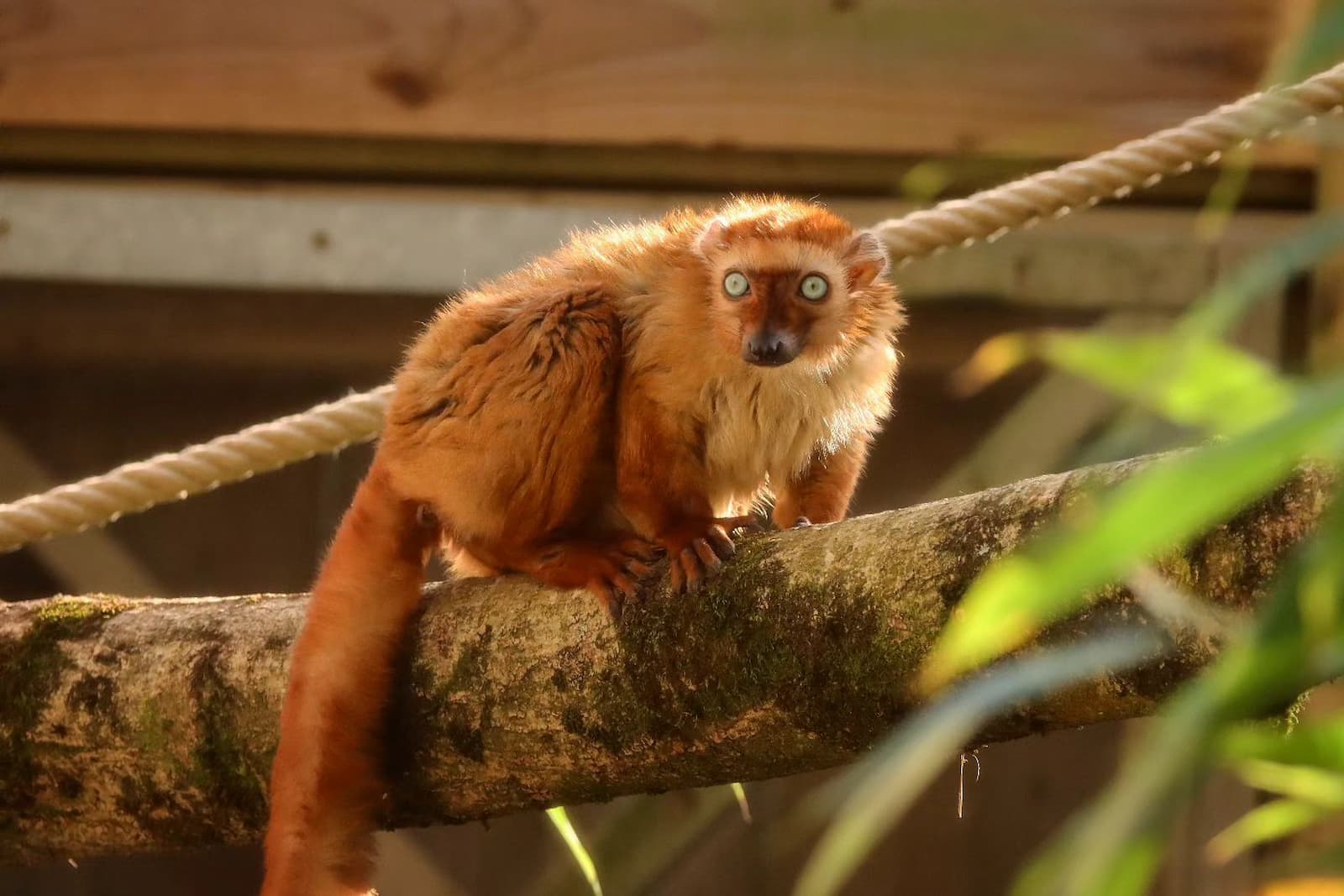
Image credit: @stephh.photos
One of our ongoing projects in Madagascar is based at the Ankarafa field station, located in Northwest Madagascar. A number of projects are run from here to help protect and restore habitats, including the monitoring of the Critically Endangered Ankarafa skeleton frog, and the Critically Endangered blue-eyed black lemur. We have a pair of this latter species at Bristol Zoo Project, as part of a European breeding programme.
July
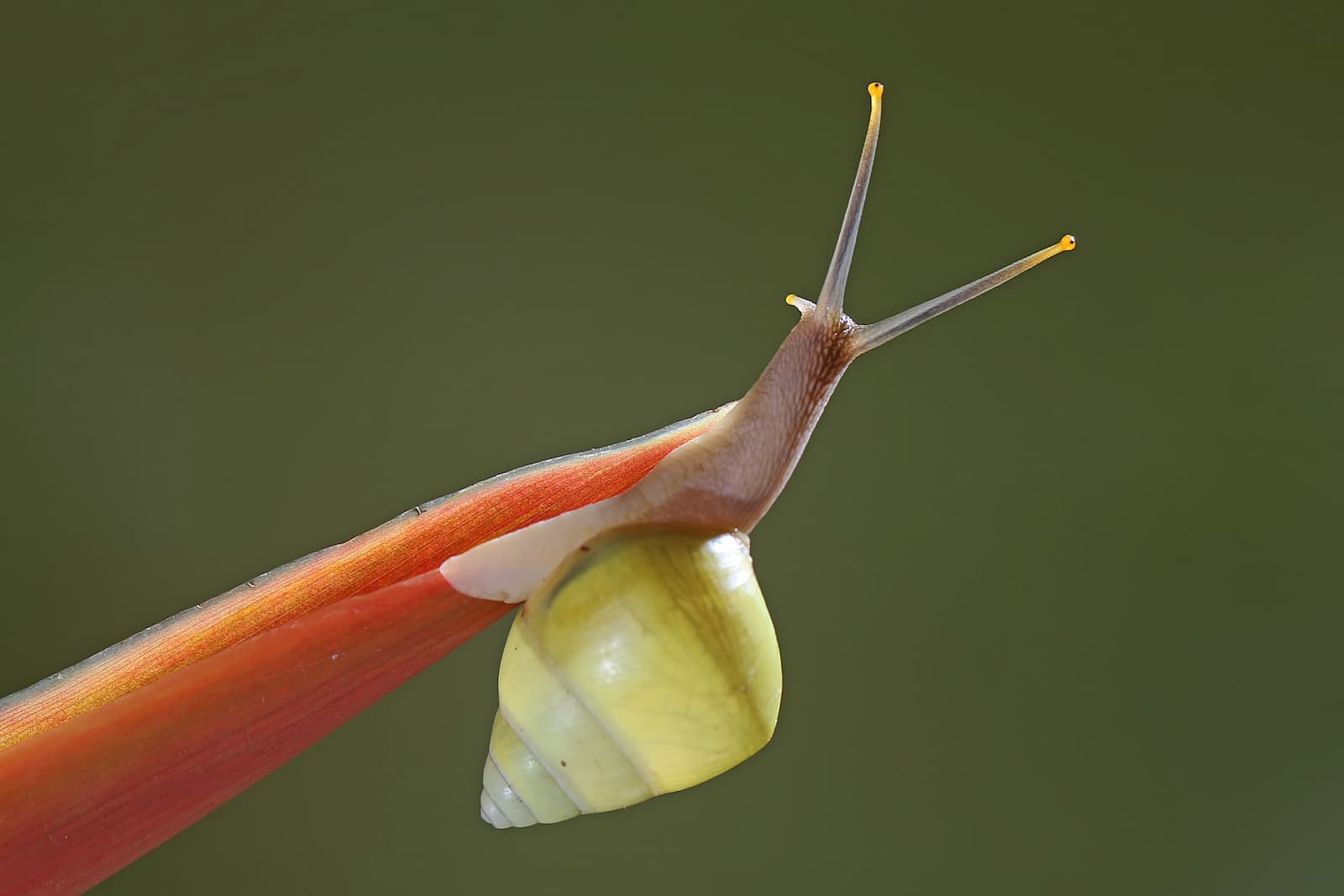
This tiny snail found in French Polynesia could prove to be an important part of the reintroduction of an extinct in-the-wild species.
Partula snails, also known as Polynesian tree snails, play an important role in maintaining tropical tree health in French Polynesia by recycling nutrients from plant debris.
This year, along with other zoos, we bred and released two different species of the snail across four different islands in French Polynesia, with the hopes that they will survive to adulthood and create a new, wild breed population.
August
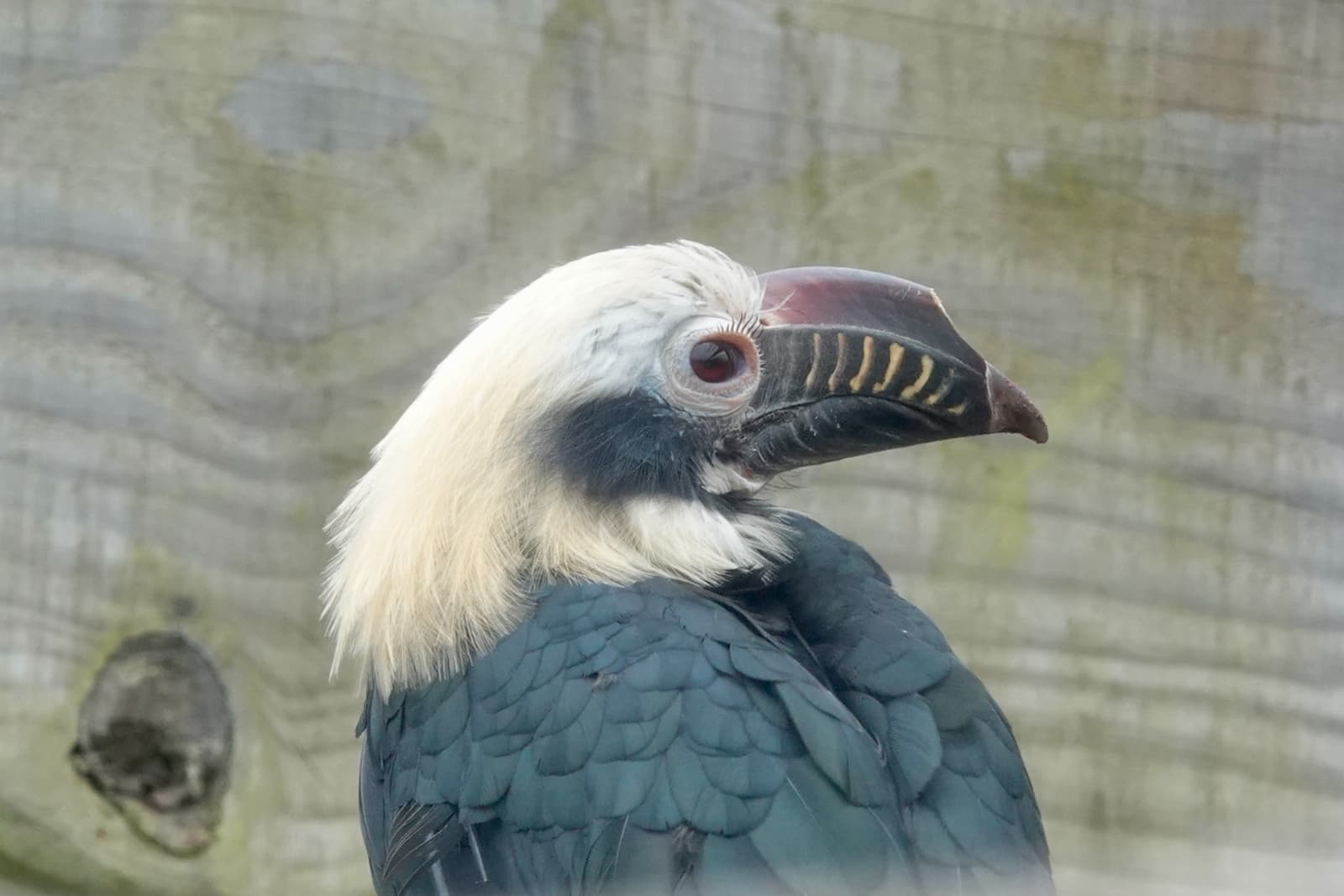
Image credit: Elisa Ip (visually impaired photographer)
2024 saw double breeding success for two of the world’s rarest bird species, a pair of Mauritian pink pigeons, now classed as Vulnerable, and a pair of Endangered Visayan tarictic hornbills.
These new hatchlings are crucial to the future of their species and are perfect ambassadors in our step towards successful conservation and preservation of wildlife all over the world.
This is a huge win for the team, as they safeguard the future of these birds, demonstrating how zoos and other conservation organisations can work together to save the most threatened of species.
September
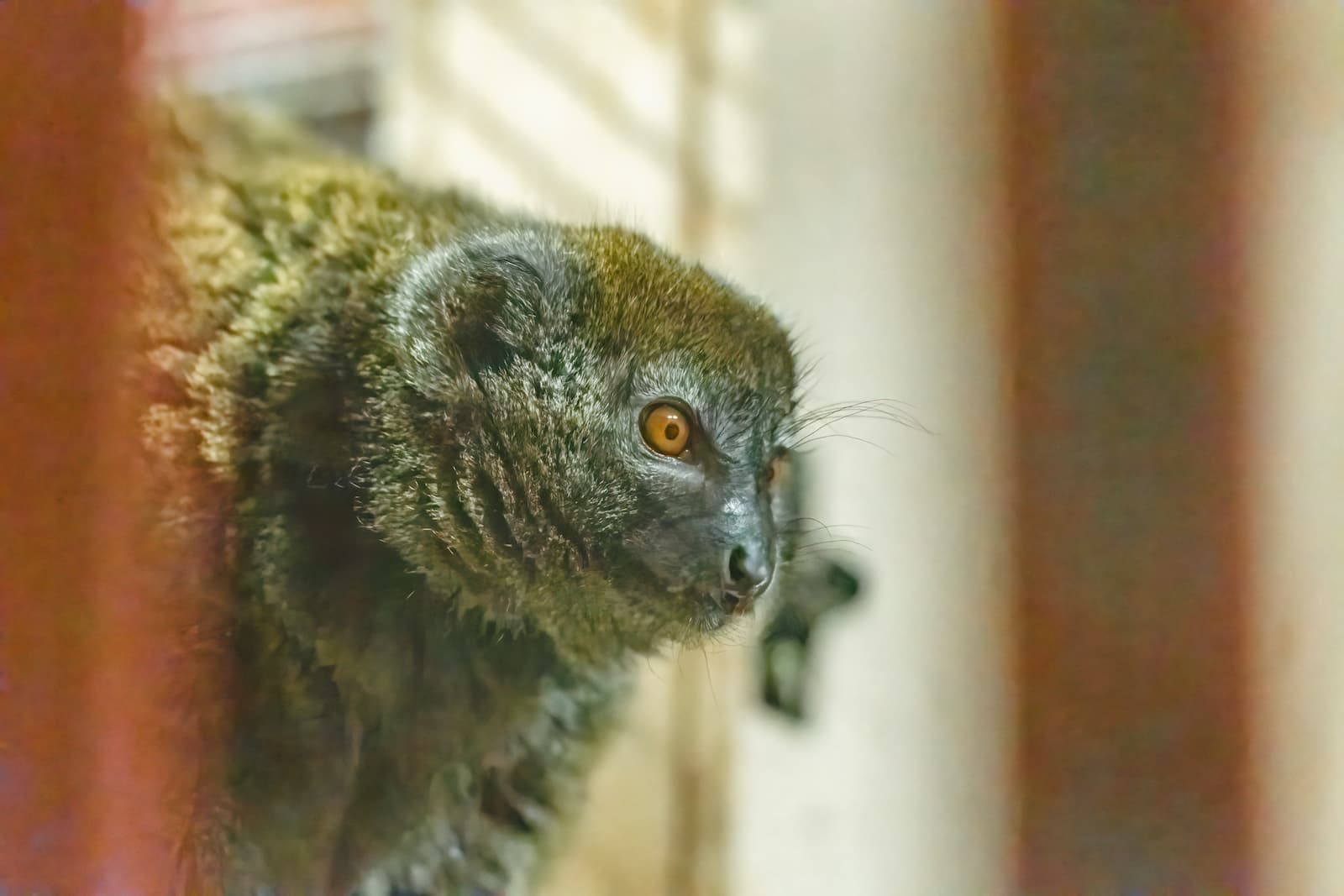 Image credit: Jon Drew
Image credit: Jon Drew
We welcomed a new male Alaotran gentle lemur, Malala, to Bristol Zoo Project from Parken Zoo in Sweden. He joined our female Tiana as part of a crucial breeding programme to conserve this critically endangered species.
Alaotran gentle lemurs are part of the European Ex-situ Programme (EEP) conservation breeding programme, and we hope that the pair will show positive signs of breeding very soon.
October
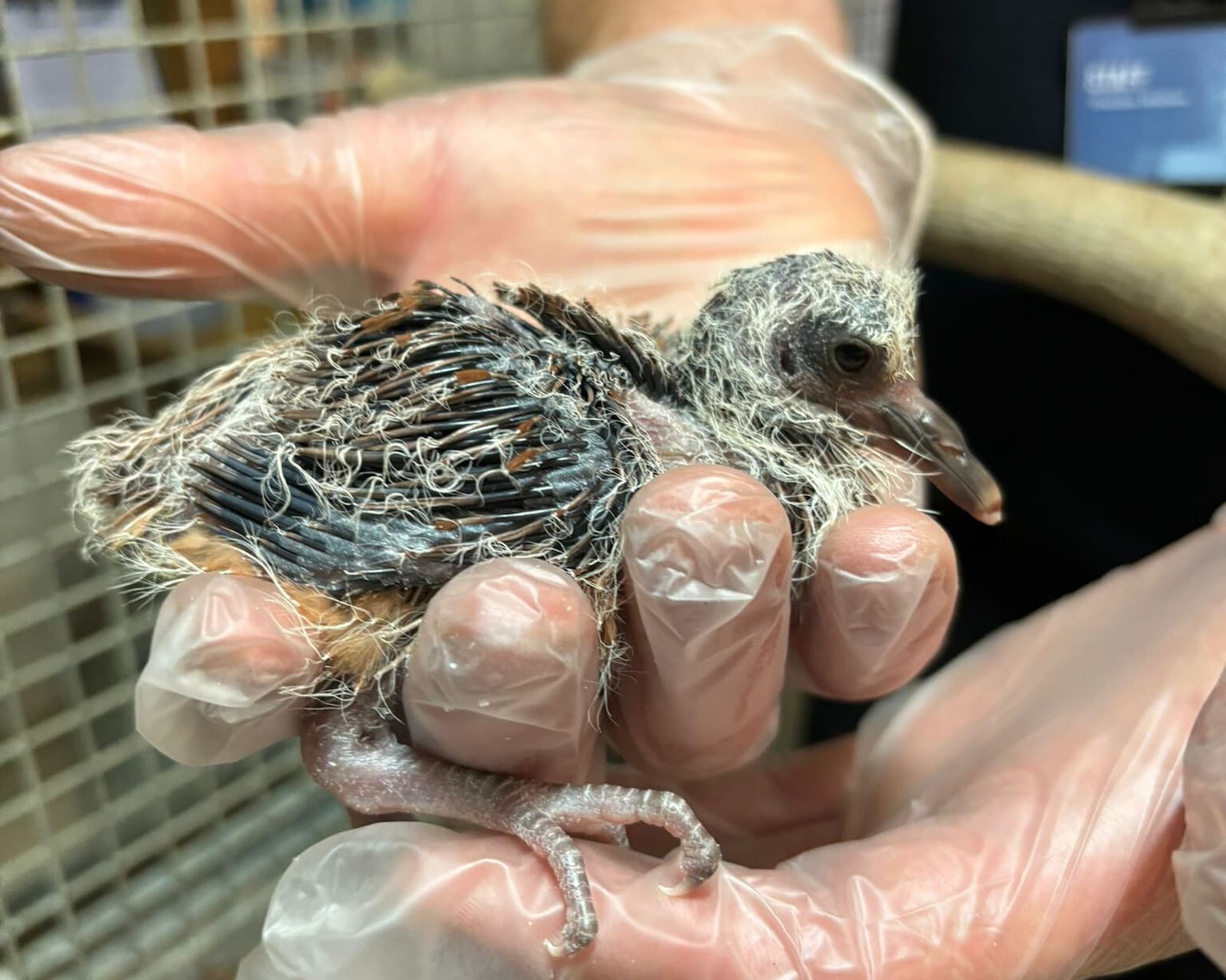
This year we celebrated a UK conservation first, as a pair of Extinct in the Wild Socorro doves stepped in to foster a Mauritian pink pigeon after being abandoned by its parents.
Our Animal team at the zoo has previously been successful in fostering species of threatened doves using domesticated species like barbary doves, however this is the first time Socorro doves have incubated and reared a squab that was not originally theirs.
November

This year, we officially announced our pledge to conserve and protect several species on the brink of extinction. Reverse the Red is a global initiative that unites leading scientists, advocates, and partners to create plans to save wild species and ecosystems, as well as reverse the negative trend of biodiversity loss.
The tiny Critically Endangered turquoise dwarf gecko is one of the species we have pledged to protect. Since 2015, we have been part of a conservation breeding programme to contribute towards a stable population across European zoos.
December
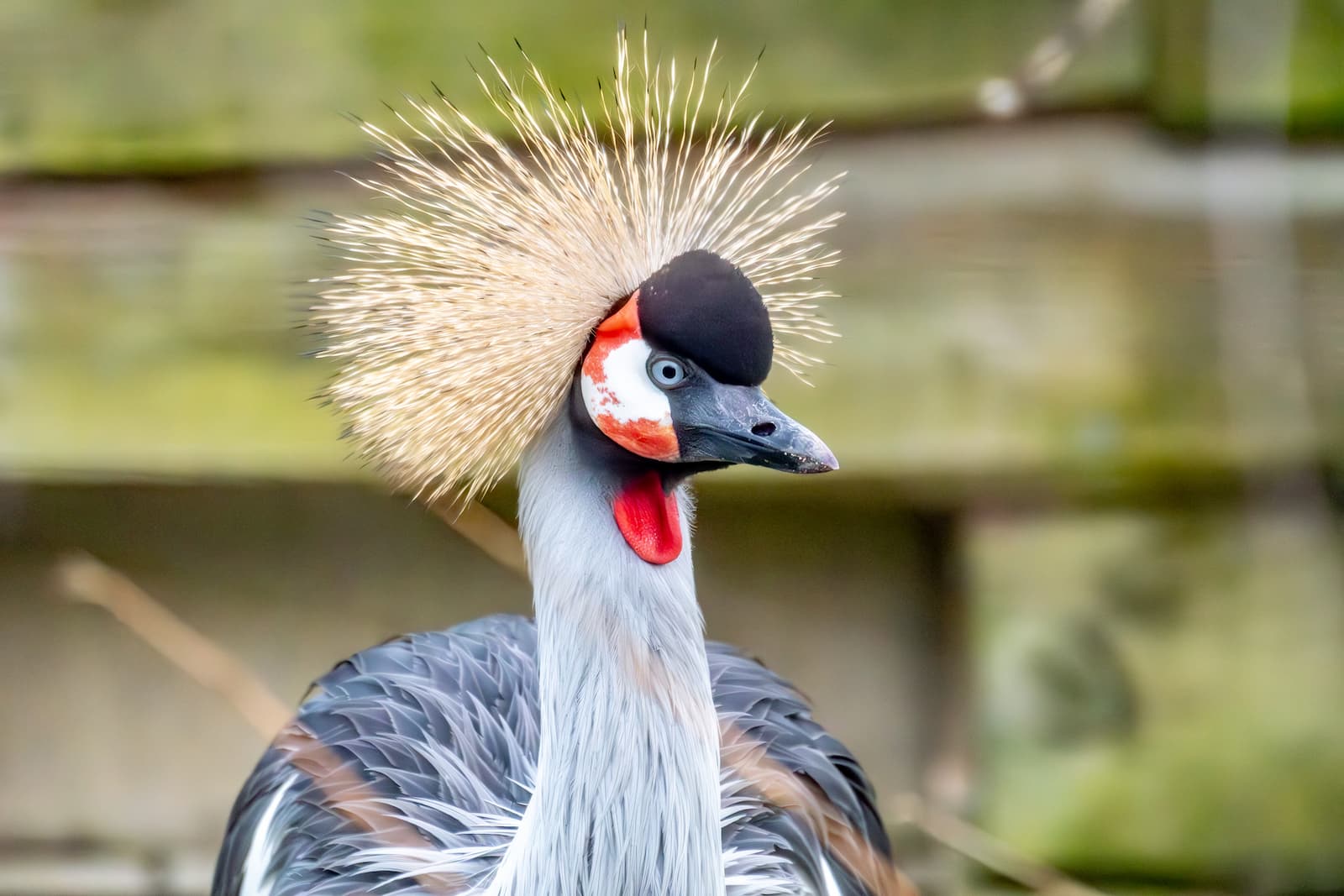 Image credit: Jon Drew
Image credit: Jon Drew
The newest addition to our species at Bristol Zoo Project arrived at the end of the year. One of Africa’s most majestic birds, the East African grey-crowned crane, has joined our other fantastic bird species in the Walled Garden. Our male crane will soon be joined by a female, so the pair can become part of the EAZA European Ex-situ breeding programme to preserve this Endangered species.

Want to help us save wildlife?
Our wildlife conservation charity protects threatened species and habitats around the world, and you can help!
Join a growing group of caring people like you, committed to saving the animals you love, with a one-off or monthly donation.

